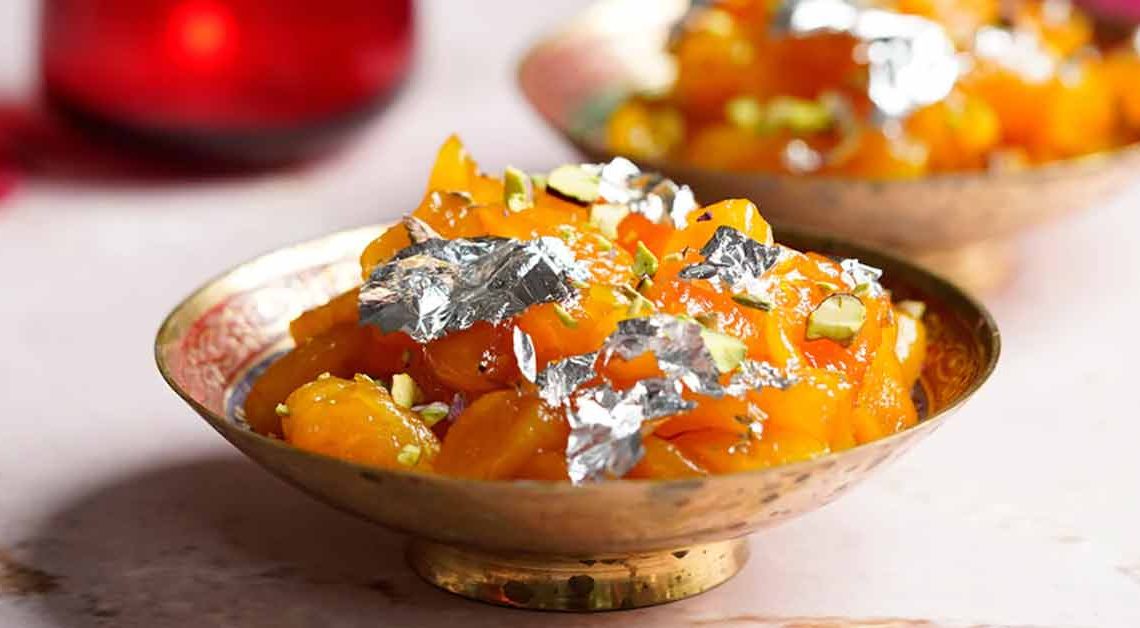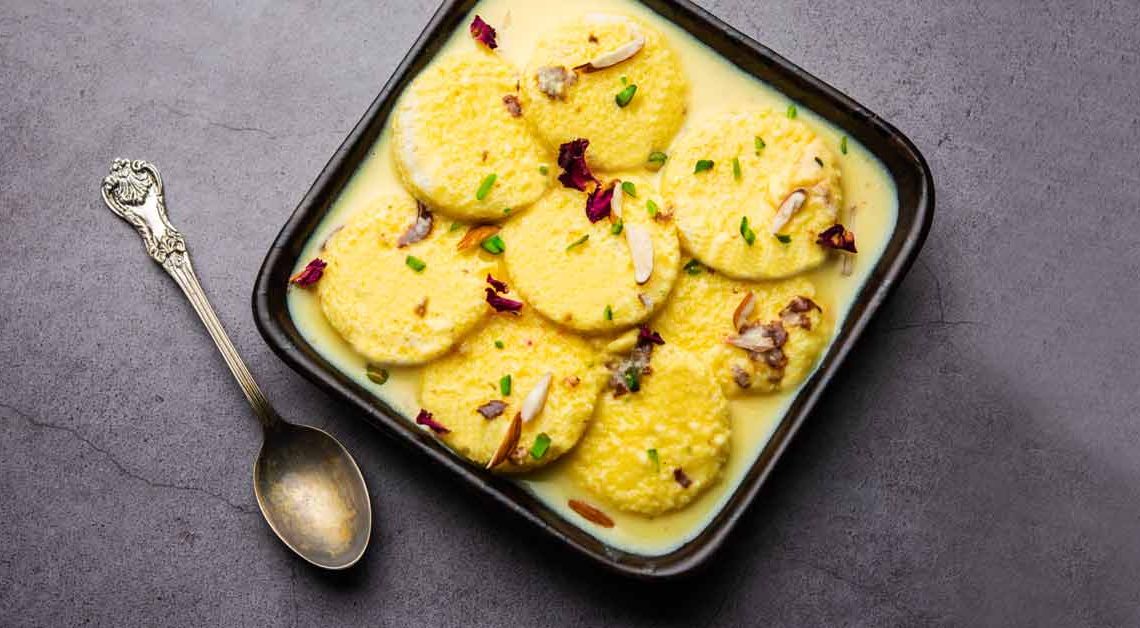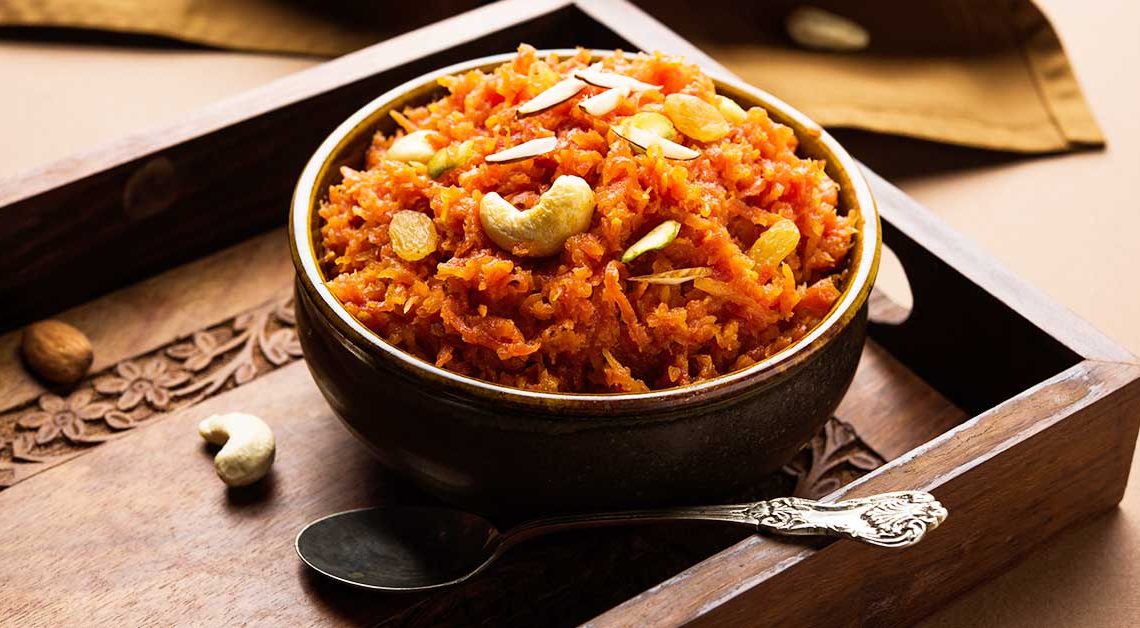Jalebi – The Indian Funnel Cake
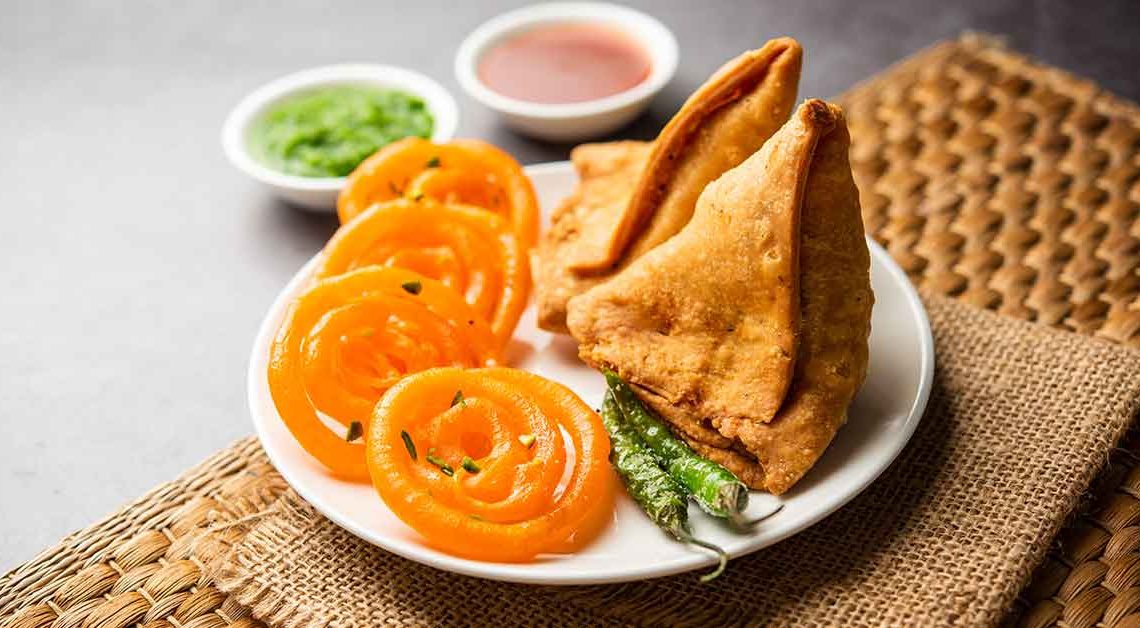
Jalebi – the name itself evokes a sense of nostalgia and craving for many of us. This mouth-watering delicacy has been an integral part of the Indian culinary landscape for centuries and has made its way to other parts of the world as well. The golden swirls of this dessert are a sight to behold, and the crispy texture with a hint of sweetness is a treat for the taste buds.
We will explore the origins of this dessert and its journey through time, from the streets of India to the menus of high-end restaurants. We will also look at the various regional variations and different ways of serving it.
So come along on this journey with us, as we explore the wonderful world of jalebi and all that it has to offer. Get ready to satisfy your sweet tooth and indulge in the delectable goodness of this beloved dessert.
But what is it about jalebi that makes it so special? Is it the way it is made, or the ingredients used? Or is it the cultural significance and memories associated with it? In this blog, we will delve deep into the world of jalebi and uncover its secrets.
Origin of Jalebi
The origin of the sweet is partially clear, but it is believed to have originated in the Middle East or Central Asia before spreading to India and other parts of South Asia. In fact, the name “Jalebi” is derived from the Arabic word “Zulabiya,” which refers to a sweet that is made in a similar manner to jalebi. However, the exact origin of the sweet is difficult to trace because variations of this sweet exist in many different countries, each with its own unique recipe and preparation method.
History of Jalebi
Jalebi has a long and interesting history that spans different regions and cultures. It is believed that the sweet was first introduced to India by Persian invaders who brought with them a similar sweet dish called “Zalabiyeh.” Over time, the recipe of Zulabiya was adapted and modified to suit local tastes, and thus Jalebi was born.
Jalebi became popular among the Mughal rulers of India, who were known for their love of rich and flavorful cuisine. They introduced many new dishes to Indian cuisine, and it was one of them. It was often served as a dessert at royal banquets and became a symbol of the Mughal culinary legacy.
Today, Jalebi is enjoyed by people of all ages and backgrounds in India and many other countries around the world.
Cultural Significance of Jalebi
Jalebi has a special place in Indian culture and is often associated with festivals and celebrations. It is a common sight to see it being prepared and consumed during festive occasions like Diwali, Holi, and Eid. Check out another very popular festive sweet Gujiya.
In Hindu culture, Jalebi is considered to be a symbol of good luck and prosperity. It is believed that consuming it during festivals can bring good fortune and happiness to the family.
Jalebi is also an important part of the Indian wedding tradition. It is often served as a dessert at wedding feasts and is considered to be a symbol of the sweetness and happiness that the newlyweds will share in their married life.
Where is Jalebi Famous?
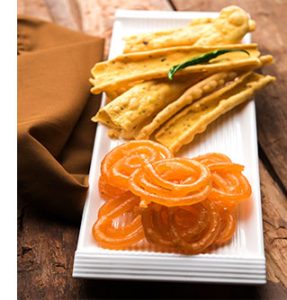
Jalebi is famous throughout South Asia, particularly in India, Pakistan, Bangladesh, Nepal, and Sri Lanka. It is a staple of Indian cuisine and is enjoyed with both sweet and savory dishes. In addition to being served as a dessert, the sweet is also sometimes used as a garnish or topping for other dishes, such as chaat, a popular street food that is made from a mix of crispy fried snacks, yogurt, and chutney.
In India, there are many different regional variations of jalebi, each with its own unique flavor and preparation method. For example, in the state of Rajasthan, it is often made using sourdough and is served with Kachori. In the state of Gujarat, it is often paired with fafda, a savory snack made from chickpea flour.
Interesting Facts and Trivia about Jalebi
- It is a popular street food in India and is often sold by vendors on carts or stalls.
- The process of making the sweet involves a technique called “jhulafing,” which involves swirling the batter in a circular motion to create a spiral shape.
- It is often garnished with chopped nuts or dried fruits to add texture and flavor.
- In some parts of India, it is also known as “jilapi” or “jilebi.”
- It is often confused with another Indian sweet called “jhangiri,” which is similar in appearance but is made from a different batter and is not soaked in syrup.
- It is often served during the holy month of Ramadan in Muslim countries and is considered to be a traditional iftar food.
- It is often referred to as “Indian funnel cake” due to its similar shape and texture to the American carnival food.
- It is not just a sweet, but it is also used in savory dishes in some parts of India. In the state of Uttar Pradesh, It is often served with samosa (a savory snack) and chole (chickpea curry) for breakfast.
- It is often made during the monsoon season in India as it is believed to help combat the damp and humid weather.
- It is often compared to another popular Indian sweet, imarti. While the sweet is made with a wheat flour batter, imarti is made with urad dal (split black gram) flour. Imarti is also thicker than jalebi and is often served with rabri or malai (clotted cream).
- In some parts of India, it is made with maida (all-purpose flour) instead of wheat flour. This makes it softer and smoother in texture.
- It is often shaped like a pretzel in North India, while in South India, it is often shaped like a spiral or a flower.
- It is a high-calorie sweet and should be consumed in moderation, especially for people who are trying to lose weight. One serving (about 100 grams) contains around 450-500 calories.
- It is a vegan sweet as it does not contain any animal products such as milk or eggs.
- It has inspired many variations and fusions in recent years. For example, jalebi cheesecake, ice cream, and waffles are some popular variations of the sweet.
- The Guinness World Record for the largest Jalebi ever made was set in 2017 in the Indian state of Uttar Pradesh. It weighed a whopping 15.5 kg and was over 1.5 km long!
Click here to learn interesting stories and trivia about your favorite sweets and desserts.

